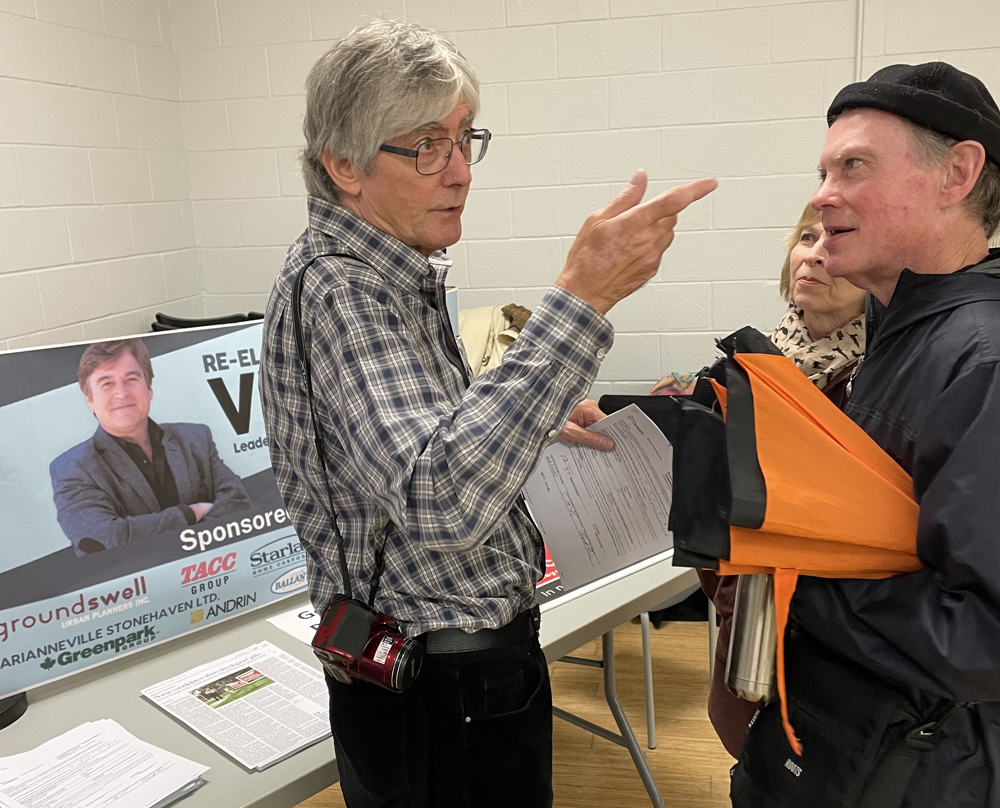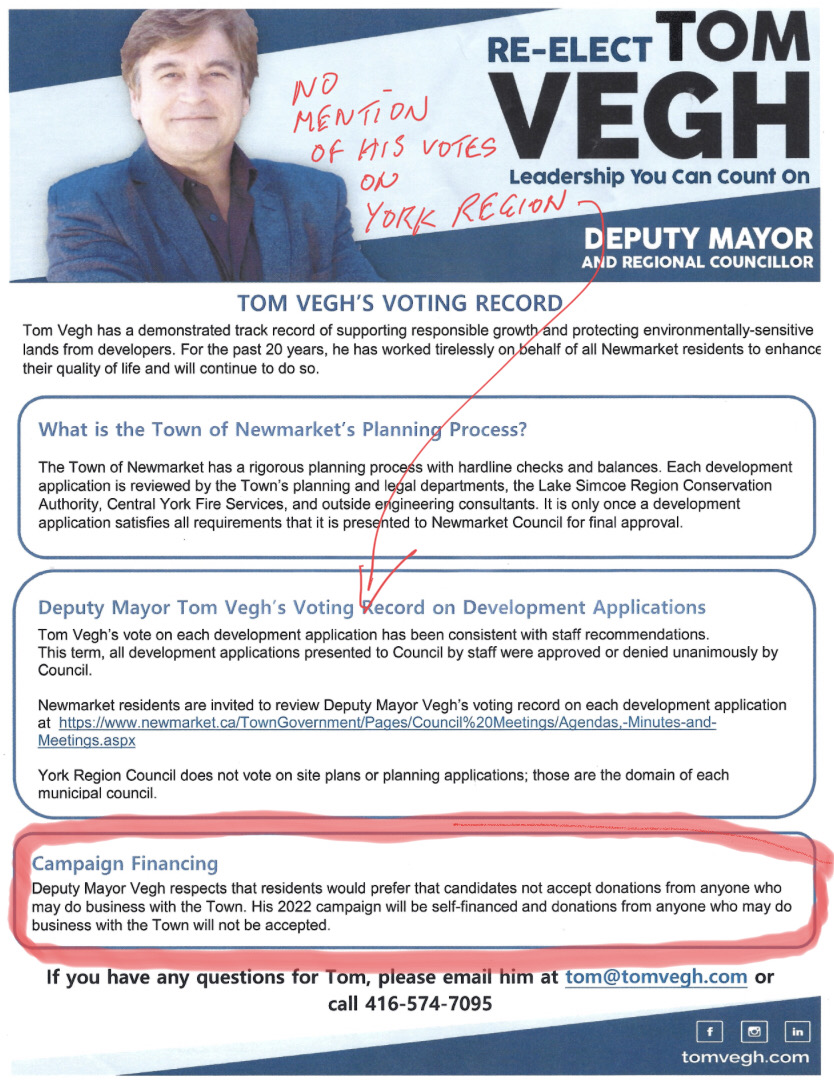- Details
- Written by Gordon Prentice
This afternoon, at the amphitheatre at Fairy Lake, I heard the most remarkable unscripted address from Kim Wheatley, a Shawanaga First Nation Reserve Anishinaabe Ojibway grandmother who carries the Spirit name Head or Leader of the Fireflower and is Turtle clan.

It must have lasted a good one and a half hours but it flew by.
The audience was transfixed.
She spared no-one. She talked about the horrors of the residential schools. She crucified the Catholic Church and the response of Pope Francis. She lambasted the Federal Government and the Crown. And it was all delivered in a gentle cadence. But inside she was boiling with anger, decribing the pain she felt.
Interwoven into this assault on the institutions of oppression were personal stories drawn from her own experience. She described the traumas that were inflicted on her people – the mindless slights and the deeper institutional racism.
Her speech was moving and profound.
The Treaties
I don’t know where her narrative will take us. Her description of the Treaty process was fascinating. The treaties were written only in English, their meaning determined by the Courts.
Her people shared their land with the new settlers, negotiating treaties with the Crown but soon the relationship changed. It was no longer a Treaty between equals - two Sovereign nations. It evolved into something very different.
On my bookshelf sits a commentary on the Treaties and the Treaty Relationships.
It starts with this story from Karine Duhamel:
“In October 2017, twenty-one First Nations representing approximately thirty thousand people took the Federal and Ontario governments to Court, alleging that the Treaty commitments made by the man originally assigned to negotiate them in 1850, Special Commissioner William Benjamin Robinson, were due for renegotiation. The case focusses on a central question: How should Treaty terms negotiated nearly 170 years ago be interpreted today?
The First Nations who signed Robinson’s Treaties argue that the Federal and provincial governments have draw considerable resource wealth from their territory without ever renegotiating the terms Robinson made even though Robinson included a clause for renegotiation. The annual annuity to band members remains the same today as it was in 1874 – four dollars per person.”
Discuss.
- Details
- Written by Gordon Prentice
Former Executive Director of Inn from the Cold, Tom Vegh, sat silent this morning at a meeting of York Regional Council as Mayor John Taylor called for $1M of emergency funding to avoid the homelessness organisation itself becoming homeless in 24 months time. 
Taylor told the Regional Council;
“Inn from the Cold Shelter in Newmarket is a little less than two years away from its lease being up which is already been extended once a little (and will) not be extended again… the Inn itself is on the verge of becoming homeless and it provides a critical service to the Region.”
Taylor said they were seeking to raise $2.5 million and a fund-raising committee has raised about $1.5 million to date. Extra funding would be coming from the Canada Mortgage and Housing Corporation but a capital contribution of $1M from the Regional Council would make a huge difference.
In a long debate – with eight speakers – Vegh stayed silent when he could have been supporting Taylor and sharing insights about his work at the Inn from the Cold.
Aurora’s Mayor, Tom Mrakas, seconded Taylor’s motion. But at the end of the debate Mrakas told the meeting he thought it more appropriate for Vegh to be the seconder. This generous gesture was agreed nem con, without debate.
What is Tom Vegh for?
I was left wondering: What is Tom Vegh for?
He gets top marks for plastering the Town with his election signs.
But why won’t he speak out in support of an organisation he used to lead? Did he ask Taylor if he could second the motion? Did Taylor ask him to? If not, why not? Is the relationship between the two too far gone?
Will Newmarket Today and the ERA ask Vegh to explain why he didn’t speak in the debate when he had every opportunity?
What is the real story behind this?
Is timid Tom Vegh just doing what he does best?
Saying nothing of any consequence at York Regional Council but bragging on social media about what he gets done?
“Leadership you can count on”
What a joke.
This email address is being protected from spambots. You need JavaScript enabled to view it.
And how the story was covered in Newmarket Today
more to follow…
- Details
- Written by Gordon Prentice

Two and a half years ago our winter vacation in Mexico went up in smoke when Air York Airport Transportation Inc failed to get us to Pearson in time for our flight. It cost us thousands of dollars.
At the time a remarkable Zen like calmness descended on me. Sitting in the back of the car, stuck in traffic, I vowed I would make Air York pay and expose their useless guarantee.
Yesterday a Judge at the Small Claims Court here in Newmarket found in our favour.
Covid knocked the Courts sideways and delay followed delay but we now have the judgement in our hands.
This has been a huge learning experience for me. I now know that Court forms have to be absolutely tickety-boo. Not a dot or comma out of place. I swallowed hard and served the claim personally on the defendant. I navigated my way through the dense legalese. But now we're there.
Well, not quite.
There is the small detail of actually collecting the money owed to us by "worry free" Air York Airport Transportation Inc.
That may be a challenge.
This email address is being protected from spambots. You need JavaScript enabled to view it.
- Details
- Written by Gordon Prentice
For me, a memorable moment of last night’s Chamber of Commerce “Meet and Greet” came right at the beginning as the doors were opening to the public. 
I wander across to Tom’s table to shake his hand.
Me: “Tom, can I take a photograph of us shaking hands?”
Tom: “I’d rather not. I’d really rather not.”
Me turning to the camera: “Did you capture that? I’d rather not”
Me: “I’ll give you a second chance. Will you shake my hand?
(We shake hands)
Me to Tom: “That wasn’t so bad, was it?”
As I walk away Tom sanitizes his hands.
Cowardly
In all my runs for public office I have never come across an opponent as cowardly as Tom Vegh.
Last night, when people asked him to participate in an election debate he said he would – but only if the Chamber of Commerce organised it. We know the Chamber will not do this. It has made its position clear. Vegh knows that.
But I have booked Newmarket Library on 6 and 11 October and it is still open to him to join me with a moderator (or Chair) of his own choosing. (I had to release the 4 October reservation when another Library user wanted the room and Vegh hadn’t replied to me.)
Vegh is like a boxer who refuses to come out of his corner yet still expects to win. I’ve told him he can pick the referee. But I’d still like a contest.
Don't ask me. Read my flyer.
When asked if he is taking money from people in the development industry he refuses to give a direct answer. He waffles. Instead, he lets his new flyer speak for him.
“Deputy Mayor Vegh respects that residents would prefer that candidates not accept donations from anyone who may do business with the Town. His 2022 campaign will be self-financed and donations from anyone who may do business with the Town will not be accepted.”
It looks like he is promising to cap his spend at $16,098 (the maximum he can spend using his own money) together with what he can coax from others who have no business with the Town.
In 2018 Vegh spent $8,590 on advertising; $25,358 on brochures and flyers and $11,472 on signs.
When he files his Financial Statement with the Town of Newmarket after the election he should know that I shall be going through it with a fine tooth comb.
I don’t want to see any fancy dancing.
Voting at the Region
Vegh refuses to comment on his voting behaviour at York Regional Council which is where the big policy decisions are made. Vegh is not stupid.
He says his votes on development applications in Newmarket have all been:
“consistent with staff recommendations.”
He cannot say the same thing about his votes on major planning policies at York Regional Council.
Vegh has voted contrary to staff recommendations.
And when the Town’s Mayor, John Taylor, accused regional councillors of shooting from the hip, taking decisions without calling first for advice from the professional planning staff, Vegh sided with the pro-development lobby and against his own Mayor, opening up over 12 square miles of open countryside for development.
Vegh voted for the adoption of a flawed York Regional Plan. Taylor voted against.
Vegh dissembles. It's in his DNA.
You never get an honest answer to a simple question.
This email address is being protected from spambots. You need JavaScript enabled to view it.
Below: At my table talking to Kevin Moyle

- Details
- Written by Gordon Prentice
Tom Vegh now says that his election campaign will be self-financed and he will not be going cap in hand to developers as he did in 2018.
This is an important admission from the man who has for years obediently voted the way he is told.
Vegh also says donations from anyone who may do business with the Town will not be accepted.
How can he say these things with a clear conscience? He has been feeding at the trough for years.
His flyer below is deceitful and misleading. He talks about his votes on individual development applications at Newmarket. This is a red herring.
It is Vegh's usual artifice.
He studiously avoids talking about his voting record on York Regional Council where the big decisions are made. That's where he votes to open up land for development. That's where he does the damage.
Vegh should accept my invitation to debate. Just the two of us on a public platform, taking questions as they come.
But he won't do this. Because he is afraid of debating with me.
More to follow
This email address is being protected from spambots. You need JavaScript enabled to view it.

Page 63 of 286